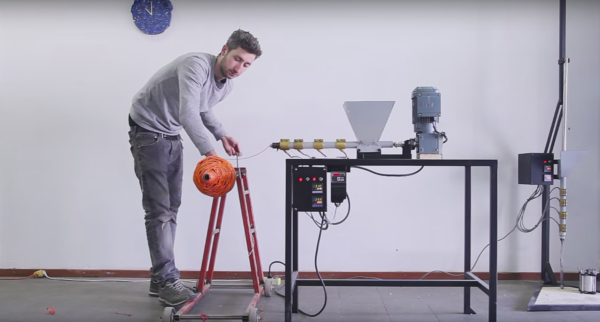We have an amazing line-up of talks for Hackaday | Belgrade, Saturday April 9, in Belgrade, Serbia. The talks have been sold out for weeks. You can still get a ticket to the night’s concerts if you’re in the area. Either way, the big news this morning is that we will stream all of the talks live!
Live-stream links will be posted on the conference page as soon as we get them. You should also join the chat over on the Hackaday | Belgrade project page. Just click the “request to join this project” button in the upper right. Do that right now.
There are a ton of great speakers, check the poster below. I’m excited to hear Mike Harrison (mikeselectricstuff) speak about his journey down the rabbit hole of video projection tech, Phoenix Perry’s talk on Forward Futures, Voja Anotic’s talk about the hardware badge, Peter Philip’s talk about reinventing VHDL, and pretty much all of the rest too! From the Hackaday crew you can watch Sophi Kravitz give a talk on her shutter glass project, Chris Gammell will be talking Top Down Electronics, and I will end the 8-versus-32 argument once and for all (yeah right!).
While you’re listening to the talks, why not try your hand at badge hacking. You don’t need any hardware, you can use the emulator to try out your hacked code right now your own computer. We’ll be sending out prizes for the best entries and there are only a handful so far.
You do not want to miss these talks! If you don’t believe me, check out the talks from SuperCon last November and you’ll be convinced — Hackaday conferences provide the best collection of hardware talks anywhere.
Continue reading “Hackaday Belgrade Talks Will Live Stream Saturday”


















